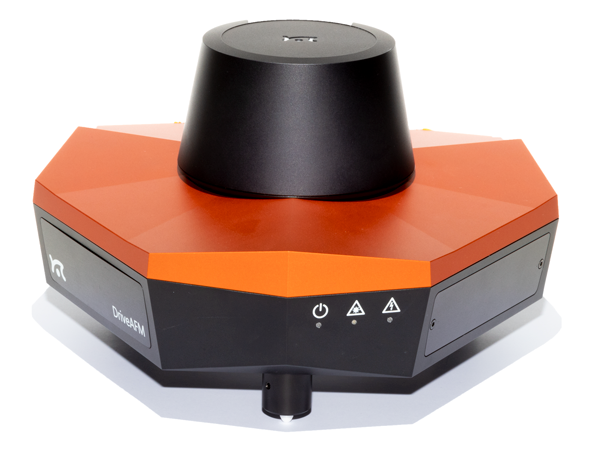Nanoscale Wear Evolution on a Polystyrene/Poly (n-butyl methacrylate) Blend
Nanoscale Wear Evolution on a Polystyrene/Poly (n-butyl methacrylate) Blend
Polymer-based materials gain more and more importance in many areas from consumer goods to medical devices or industrial processes. In many cases, polymeric and polymer composite surfaces are exposed to mechanical stress that can cause abrasive wear. The resulting (micro-)particles may have significant impact on human health and environmental pollution. Therefore, understanding early stages of abrasive wear at the nanoscale can help design polymeric composites and blends that are more wear resistant.
In this paper, the DriveAFM was used to scratch and subsequently observe the surface morphology of thin films composed of two individual polymers and of a polymer blend composed to the two polymers under varying conditions and to observe the rippling effect, the first step in many abrasive wear processes. Lateral force mode was used to investigate how the lateral force acting on the tip increases when repeatedly scratching the thin film.
AFM data in this publication were obtained with DriveAFM
AFM data in this publication were obtained with DriveAFM
The DriveAFM is Nanosurf’s novel flagship AFM platform: a tip-scanning atomic force microscope that combines, for the first time, several capabilities in one instrument to enable novel measurements in materials and life sciences.

Related Resources
#{ item.resourceType }
#{ item.date_text_field }
#{ item.name }
#{ truncateText(item.metadescription) }
#{ item.readmoretext }